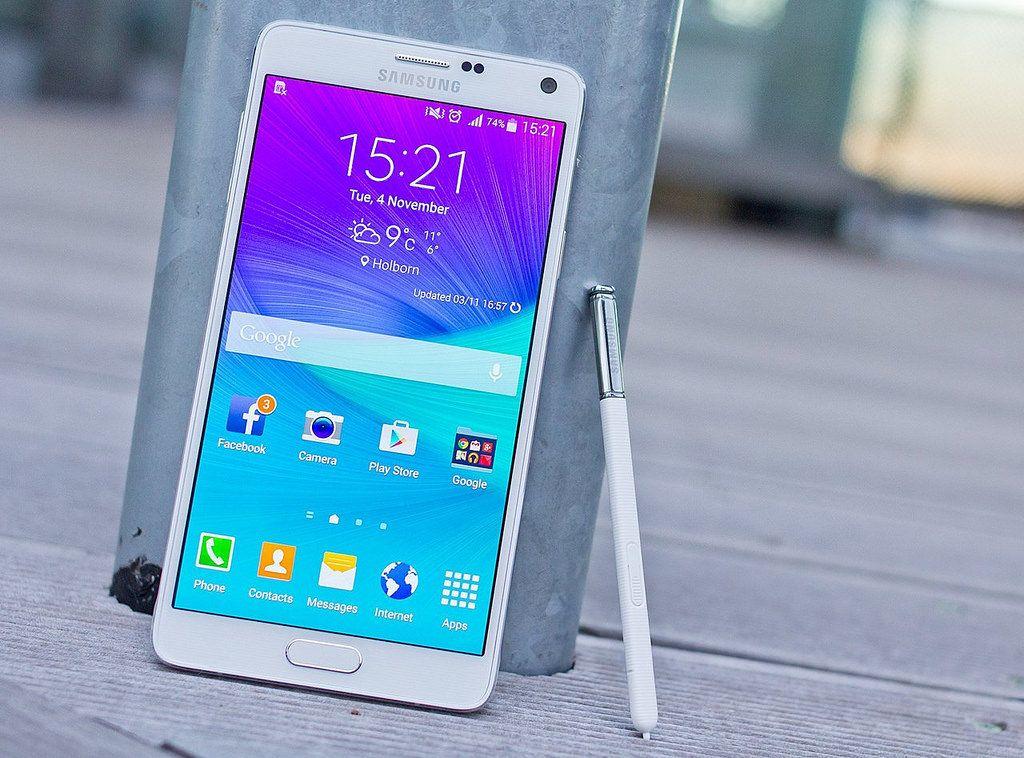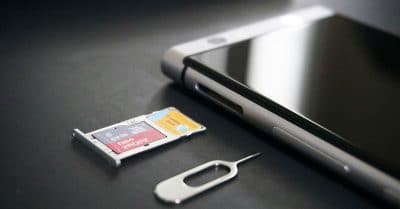How to Claim on Your Mobile Warranty / Guarantee
Got a defective or broken phone and want to claim on your warranty or guarantee? Things might not be quite as simple as you'd think. If you've got a fairly new mobile phone, then chances are that it's probably covered by either a guarantee or warranty should something go wrong. Claiming this is can be a complicated process though, and that's why we're here to help…
What's the Difference Between a Warranty and a Guarantee?
In legal terms, there is a definite difference between a warranty and guarantee. But as a consumer, and particularly in the circumstances of a faulty mobile phone, there's essentially no difference at all. You may have one or the other, and the terms may be used interchangeably (and often are, depending on your operator or phone manufacturer), so you really don't need to worry about the terminology. For the sake of simplicity, we're going to stick to using the term warranty here (so lawyers, please don't write to us, we're just trying to make a complicated issue easier to understand!).
Do I Have a Warranty?
Technically, everyone should have a warranty when buying a mobile phone, though in reality there are loopholes. You're going to need to check and see. This is only true if you bought a mobile phone outright (not for phones purchased on contract). A warranty comes in many forms, it may be printed on your receipt, it could be included in the box for your phone, it may be sent as an email, or given to you in a separate leaflet. Take a look around and see what you find. If you can't find anything, call the point of purchase and ask them about their warranty policy…
Also be aware that most warranties have term limits, maybe a year or so after purchasing. You will need to be within this time limit in order to make a claim, so check your purchase date and the limitations on the warranty before proceeding.
Contract Phone Buyers:
If you have a contract phone, the question of a warranty will not apply to you, since you do not own the phone until it is completely paid off. If this is you, and your phone is faulty, you'll need to go to your operator for further help.
Um… I Didn't Sign the Card… What Now?
We've just told you that everyone should have a warranty but that there are loopholes, and this is the loophole we're talking about. In some cases, a warranty is given but is not valid until it is signed and returned to the manufacturer or point of purchase. This is generally a card in the box of your phone that you need to fill out. So what if you didn't fill out the card and return it, are you flat out of luck?
That depends. Check out the card, is there a way for you to register online? If there is, register, and if your registration is accepted you can then make a claim. You may also try calling the contact number on the warranty card (if there is one) and asking for more information. In some cases, you may be allowed to register now and then make a claim. However, some companies may compare the purchase date, warranty registration date, and claim date and decide not to honour the warranty. This is going to depend on the company in question…
Option One: Don't Make a Claim…
Presuming you have a valid warranty, you are now in the position to make a claim. And our first piece of advice for you is: Don't make a claim at all. That might sound silly, but we're actually serious. Why? Because claiming on a warranty is often difficult and time-consuming, and can be unsuccessful. You stand a much better chance of getting your phone fixed or replaced by relying on the law surrounding the sale of faulty goods.
The Consumer Rights Act protects you from defective purchases, and claiming using this information is generally easier and more successful than claiming on a warranty. Check out
Rejecting a Faulty Phone: What to Do and How to Get Your Money Back
in our help section for more info on this route…
Option Two: Making a Claim
If you decide that you do want to claim on your warranty then you'll need all the paperwork you can get your hands on. Your warranty should tell you how exactly to make a claim (which varies by company), how long you are able to make a claim after your purchase date, and what you're entitled to get (a refund, replacement, or repair). We can't tell you exactly how to claim, but in general, you will be required to provide:
- Proof of purchase (a receipt)
- An explanation of the problem
- A copy of the warranty or guarantee
If you do not have either a receipt or a copy of the warranty, it is unlikely that your claim will be honoured. In this case, we advise that you follow the information in the above paragraph about the Consumer Rights Act.
Who Can Claim?
As a general rule, ONLY the person who actually purchased the product can claim on the warranty. This may be a problem if the phone was a gift, for example. Check your warranty for the phrase “third party rights,” if you see it this means anyone can claim, if not the claim must be made by the purchaser.
What If My Claim is Unsuccessful?
If your claim is unsuccessful you can still try to make another claim using the Consumer Rights Act (as outlined in the paragraph entitled “Option One: Don't Make a Claim”). This is probably your best recourse since it is most likely to be successful. However, you may also begin legal proceedings against the company in order to force them to honour your warranty. This is not advisable since it's time-consuming and expensive, and you will need to see a solicitor before beginning this process.
The Bottom Line
The bottom line here is that whilst you probably do have a warranty on your phone, you're best off not pursuing it. It's easier to claim a refund or replacement using the Consumer Rights Act than it is to claim on a warranty in most cases, and there's more likelihood of success. This isn't to say that warranties are useless, you may find that your company is happy to help you out. However, in the long run, we have to be honest with you and say that we strongly advise following the Consumer Rights Act rather than your warranty.




